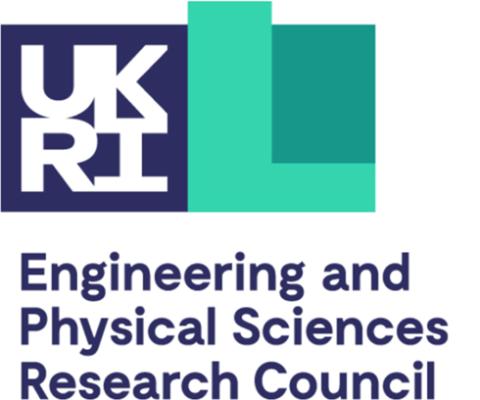Using brain stimulation to help treat dementia
The neural cells in our brains use electrical signalling to receive and send information. But people affected with brain conditions, such as dementia, often have imbalance patterns of electrical activity that affects their cognitive function and brain health. Correcting these patterns of electrical activity in the brain, may be a viable treatment approach.
Deep brain stimulation (DBS) is a procedure already being used to treat Parkinson’s disease, and its success provides hope that this therapeutic method could be utilised for other dementias, such as Alzheimer’s Disease (AD). However, this is an invasive technique involving brain surgery, which brings risks for individuals involved.
The Grossman Lab aspires to uncover the mechanisms by which imbalance brain activity impacts brain conditions, such as dementia, and pioneer non-invasive treatment strategies. The team are developing new tools to correct imbalanced activity in deep areas of the brain affected in dementia, and use these tools to investigate the therapeutic effects on the development of dementia and its symptoms.
By involving people with lived experience of neurodegenerative diseases, we believe our research is strengthened, leading to better treatments and technologies for dementia. We saw the impact of this approach when running a series of workshops and activities in collaboration with our Lived Experience Group (LEG), the Helix Centre and UK DRI founding funder Alzheimer’s Society. A total of 18 people who are either living with or caring for someone living with dementia, joined the research team of Dr Nir Grossman to provide invaluable insights.
Latest news
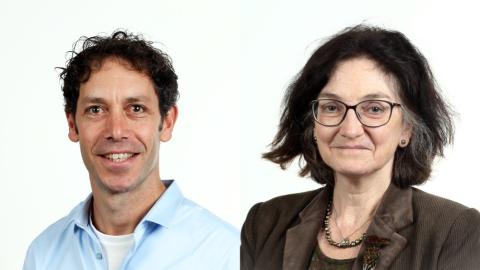
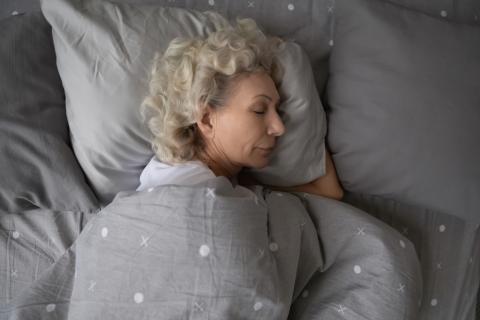
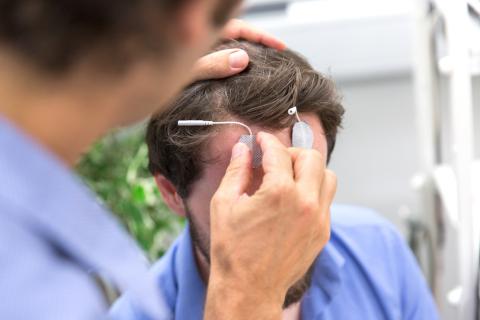
Dr Nir Grossman
Dr Nir Grossman is a Group Leader at the UK DRI at Imperial. Find out more about his career and expertise on his profile page.

Research summary
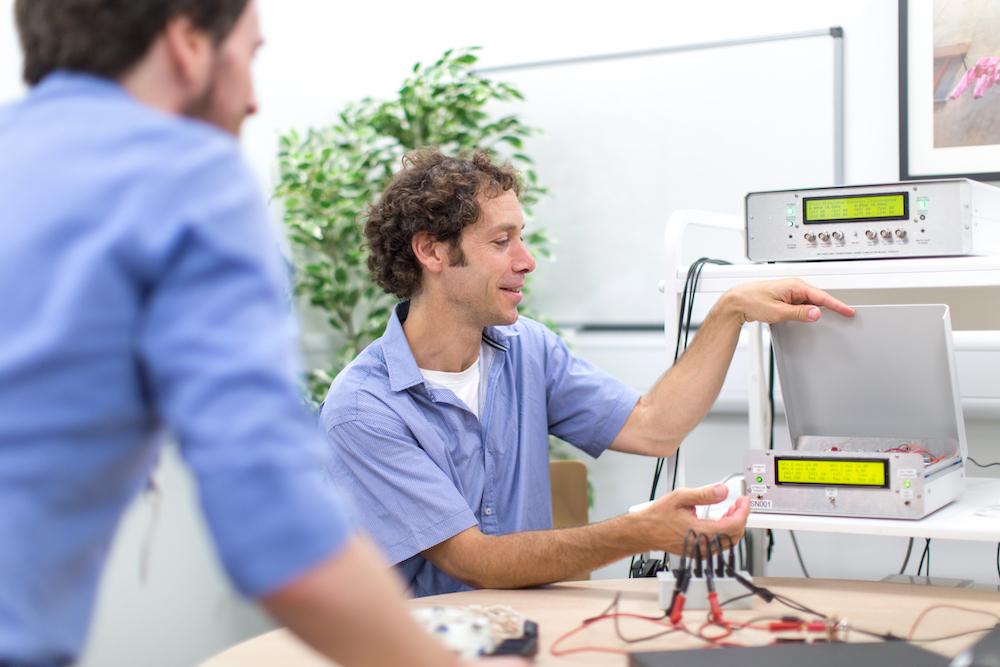
Dr Nir Grossman demonstrates his brain stimulation work. Credit: Thomas Angus, Imperial College London
Interventional Systems Neuroscience
Aberrant brain activity plays a critical role in the progression of neurodegenerative diseases, such as Alzheimer’s disease (AD), since it disrupts the critical framework of cognitive processing and motor control, and dysregulates cellular processes in both neural and glia cells that are key for their health.
Physical means of brain stimulation, known as ‘neuromodulation’, are tenable, non-pharmacological means to correct aberrant brain activity. Indeed, patients severe movement disorders, such as Parkinson’s disease, can be treated with deep brain stimulation (DBS), which is also being investigated as a treatment for Alzheimer’s disease (AD), with early reports showing an increase in the metabolism of brain regions affected. However, the risk from implanting electrodes in the brain limits the potential therapeutic impact and makes exploration of new brain targets difficult.
The Grossman Lab have recently discovered a strategy for non-invasive DBS by temporal interference (TI) of kHz electrical fields. They showed that TI stimulation can drive action potential activity in the live mouse brain, recruit deep brain structures without the overlying cortex, and functionally map a brain region without physically moving the electrodes. The TI stimulation uses familiar and well-tested electric fields and hence it is deployable as well into human studies.
Main objectives and research goals:
The overarching aim of this UK DRI programme is to develop non-invasive neuromodulatory intervention for dementia via direct control of the aberrant brain activity that underpins the pathology and its symptoms.
The rationale underlying the research of Dr Nir Grossman is to drive innovation through a rigorous scientific exploration of the biophysical rules underpinning the neural processing of electromagnetic stimulation. The specific aims are:
- To develop tools to non-invasively control brain activity via exploration of fundamental biophysical principles.
- To discover neuromodulatory principles to mitigate the disease pathophysiology and symptomatic cognitive decline via exploration of the causal role of network-level brain activity.
- To develop the translation of the tools and principles developed in Aim 1 & 2 to treat patients with neurodegenerative disorders.
Key publications
Vacancies
Lab members
- Dr Eddy Rhodes (Postdoctoral Researcher)
- Dr Robert Peach (Postdoctoral Researcher)
- Kimberly Young (Postdoctoral Researcher)
- Dr Kate Godfrey (Research Associate)
- Dr Danielle Kurtin (Research Associate)
- Dr Simon Williamson (PhD Student)
- Kety Alania (PhD Student)
- Matteo Vinao-Carl (PhD Student)
- Junheng Li (PhD Student)
- Assaf Touboul (PhD Student)
- Thomas Deegan (PhD Student)
- Caroline Rew (PhD Student)
- Sofia Peressotti (PhD Student)
- Martin Lombard (PhD Student)
- Huaxin Fan (PhD Student)
- Kaarin Sabad (Research Assistant)
- Julia Borella (Research Assistant)
- Adam Gottesman (Research Assistant)
Collaborators

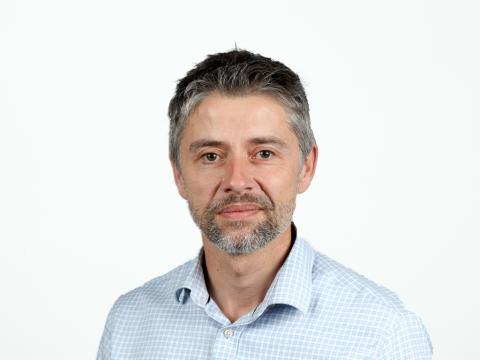

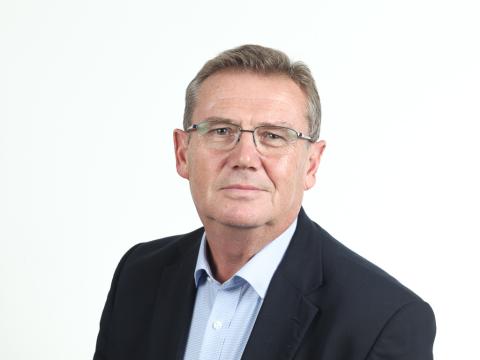


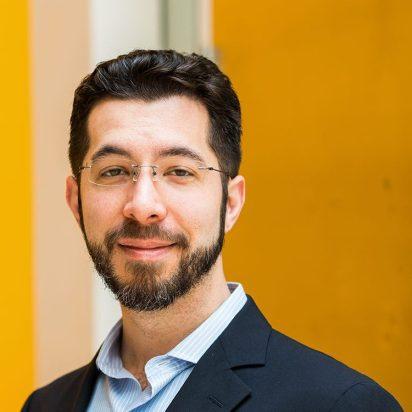

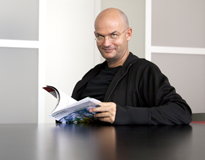
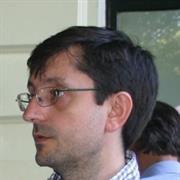
Lab funders
Thank you to all those who support the Nir Lab!
